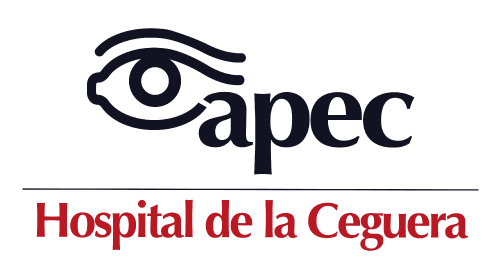
The Association to Prevent Blindness in Mexico is a private non-profit institution with over 100 years providing service, forming general ophthalmologists and specialists in the different ophthalmology branches. Annually we perform 17,494 surgeries, 236,403 visits, and 140,575 diagnostic studies.
Welcome to the Research Unit
Our Research Unit in ophthalmology is focused on developing of new knowledge, technology and prompt translation into patient care.
The Association to Prevent Blindness in Mexico (APEC) has a multi-disciplinary research program covering basic and laboratory science in molecular and cellular biology, and the development of new medical devices for clinical and surgical applications.
Specific areas of interest in basic and clinical research comprise age-related macular degeneration, glaucoma, diabetic retinopathy, retinal and optic nerve diseases, ocular infectious diseases, dry eye disease, corneal pathology, neuro-ophthalmology, and ocular oncology.
Translational research projects in genomics, stem cell research, anti-inflammatory, and anti-angiogenic molecules are of our main interests.
The number of basic and clinical publications generated in APEC surpasses those of any eye institute in Mexico. APEC Faculty members, and the Research Unit staff, have an extensive network of collaborations with physicians and scientists throughout different National University Laboratories, Hospitals, and National Institute Research Centers, as well as researchers involved in technology companies throughout the world, facilitating and enhancing vision research.
National and international institutions have funded APEC’s research study protocols, including grants from the National Council on Science and Technology (CONACYT), ARVO, Research to Prevent Blindness, Fight for Sight, Foundation Fighting Blindness, and many other philanthropic organizations.
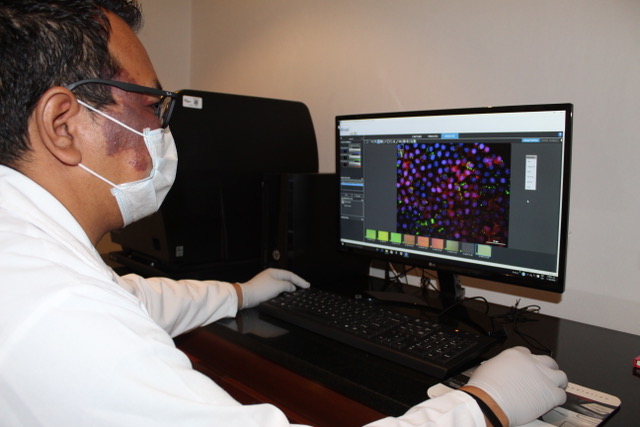
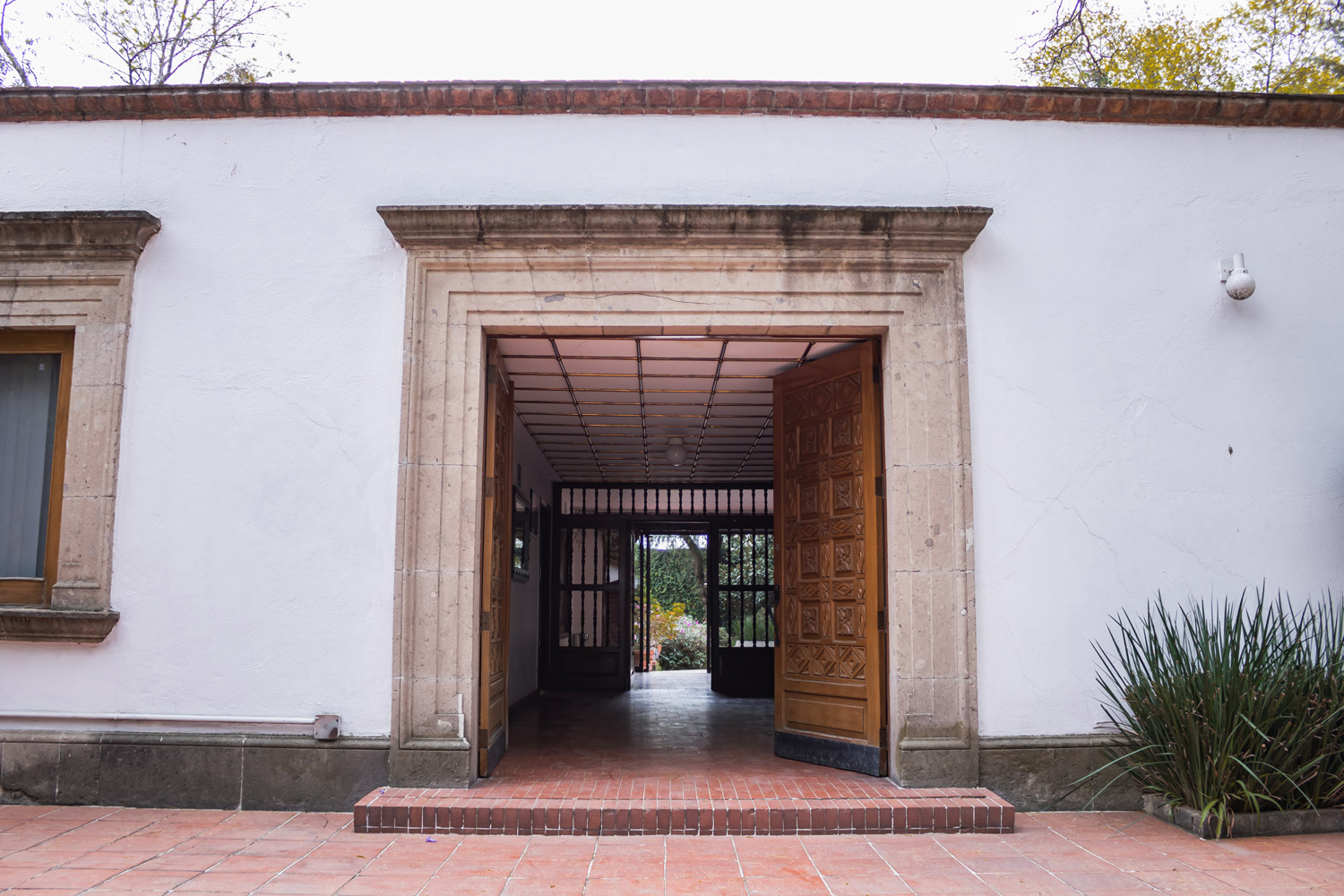
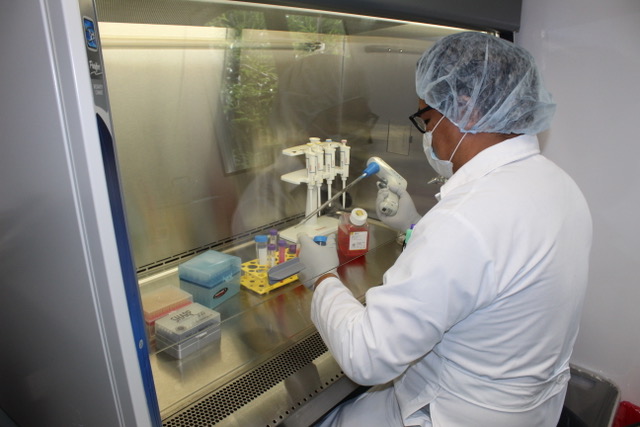
Clinical Research
Our Clinical Research Centre links different research institutes and APEC research teams together, giving our patients access to the latest treatments, many of which have been developed by our team. Our work is supported by leading international medical, technological and pharmaceutical companies, and patients who volunteer to be a part of our research.
Clinical trials performed in APEC are designed to generate high-quality safety and efficacy data for health interventions, such as:
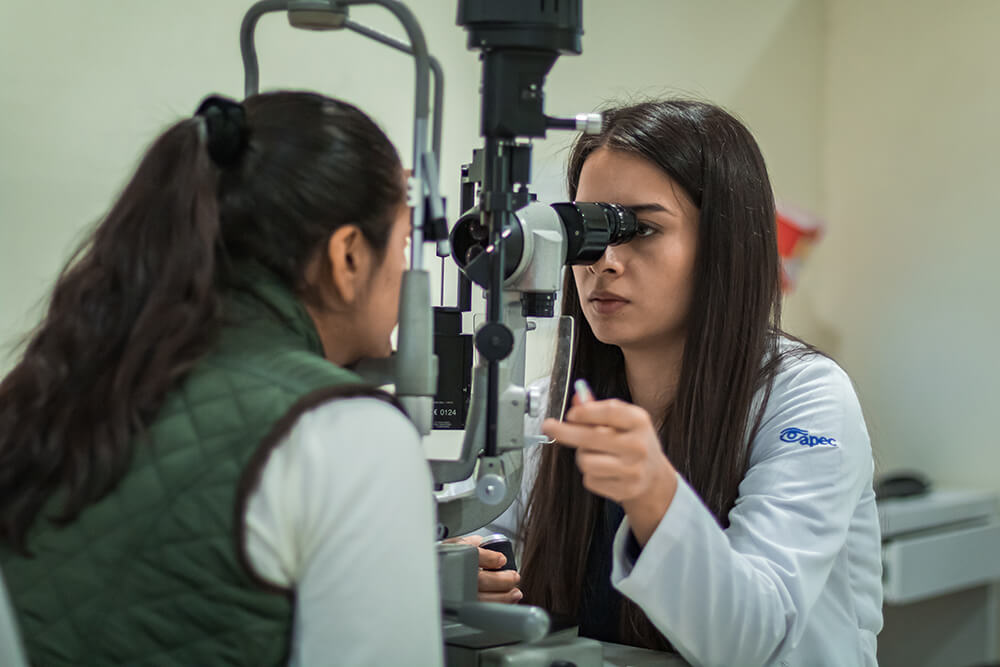
1
New molecules
2
New medical devices
3
Novel therapeutic procedures
Comprehensive clinical vision research
The Research Unit in collaboration with other departments within APEC participate in vision clinical trials in:
- Inflammatory ocular disease
- Dry eye disease
- Age-Related Macular Degeneration
- cornea
- glaucoma
- retina
- cataract
Basic Vision Research
The basic research and laboratory science core comprise scientists representing distinct basic science and clinical disciplines with the common goal of understanding the essential properties of the eye and the visual system.
These scientists collaborate with departmental Ophthalmologists who are conducting clinical trials.
Our basic eye research program is focused on applying state-of-the-art basic science to the advancement of vision research; We use healthy and pathological experimental models to elucidate basic scientific concepts and train the next generation of scientists and physicians through mentoring of graduate, postdoctoral fellows, medical students and residents.
The primary basic science and translational research activities are geared to improve diagnostic evaluation, treatment of major eye diseases, and molecular mechanisms involved in:
- Age-related and hereditary macular degeneration
- Dry eye
- cataract
- glaucoma
- Diabetic retinopathy (DR)
- Early diagnostic of Alzheimer´s disease in the eye
- Physiopathology of the Glia in the neural retina
- Differentiation of stem/progenitor cells
- Uveitis
- Ocular oncology
- Pediatric ophthalmology diseases
Clinical and Laboratory Research
The Research Unit of Association to Prevent Blindness in Mexico has a rich and diverse clinical and laboratory research program across multiple disciplines such as epidemiology, bioengineering, and basic/translational research. Additionally, we have developed several focused interdisciplinary initiatives within critical areas that leverage the opportunity for collaboration with prestigious universities, technology companies and institutes nationally and internationally.
Clinical Research
The Association to Prevent Blindness in Mexico clinical research effort includes programs led by individual investigators, as well as multi-disciplinary team programs with shared leadership.
Laboratory Research
Association to Prevent Blindness in Mexico laboratory research comprises investigator-oriented laboratories that fall within two interdisciplinary Clinical Research programs, Bioengineering and Basic/ Translational Research.
FACULTY
Dr. Matilde Ruiz Cruz
Ophthalmology Specialist M.Sc. Medical Science Chief Research Officer
- Description of cytokines in aqueous humor in HIV+ patients with Ocular Syphilis and Retinitis via CMV
- Experience in Conjunctival Microbiota research
- Description of CMV Retinitis via immune recovery
- Clinical essay on patients with Kaposi’s Sarcoma and the use of Intralesional Bevacizumab
- Experience in XpertMTB/RIF research for lymph node and ocular tuberculosis diagnosis
- Experience in flow cytometry in aqueous humor research
Dra. Nallely Ramos Betancourt
Coordinador de investigación clínica
- Línea de investigación en neoplasias de superficie ocular, incluyendo reportes epidemiológicos, estudios diagnósticos, tratamiento y pronóstico.
- Descripción del perfil mutacional de neoplasias escamosas de la superficie ocular.
- Descripción de factores de riesgo y frecuencia hospitalaria de la enfermedad de ojo seco.
- Descripción de métodos diagnósticos para la enfermedad de ojo seco.
Hugo Quiroz-Mercado M.D.
Traslational Research Coordinator
- Clinical trials and first-in-human testing through phase 2 and 3 studies on diagnostic and therapeutic innovations on AMD, macular edema, DR, and retinopathy of prematurity (ROP).
Lenin Ochoade la Paz Ph.D.
Research Professor UNAM, Academic liaison APEC- School of Medicine UNAM
- Study of neuroactive molecules like promoters of neurogenesis processes in retinal and non-retinal stem/progenitor cells.
- Physiology and Physiopathology of the Glia in the neural retina.
- Characterization of new molecules with therapeutic potential in neurodegenerative e retinopathies.
- Study of new anti-angiogenic compounds in diabetic retinopathy using in vivo and in vitro models.
- Characterization and determination of protein-channels like new pharmacological targets in degenerative eye diseases.
- Study of neurodegenerative changes triggered by stress in a preclinic model of diabetic retinopathy.
- Autism and vision, determination of morpho-functional changes in the eye, a preclinic approach, and development of an ocular test for complementary diagnostic.
Research training
Training of futures researchers is an integral component of our mission. Our comprehensive program offers mentored training experiences and is provided in the interdisciplinary areas of biomedical sciences, biomedical engineering, and clinical research. Both short and long-term opportunities are available for trainees at all levels.
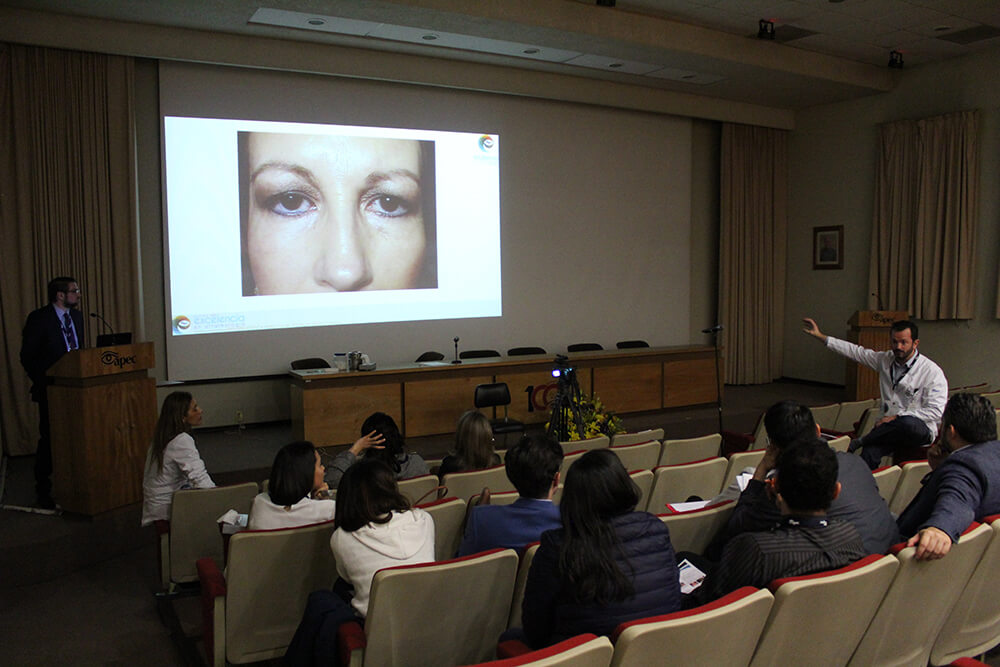
Research Center
The Research Department is recognized as:
N
National Vision Optics Laboratory (LANOV) by the National Council of Science and Technology (CONACYT)
E
External research unit of the School of Medicine, UNAM
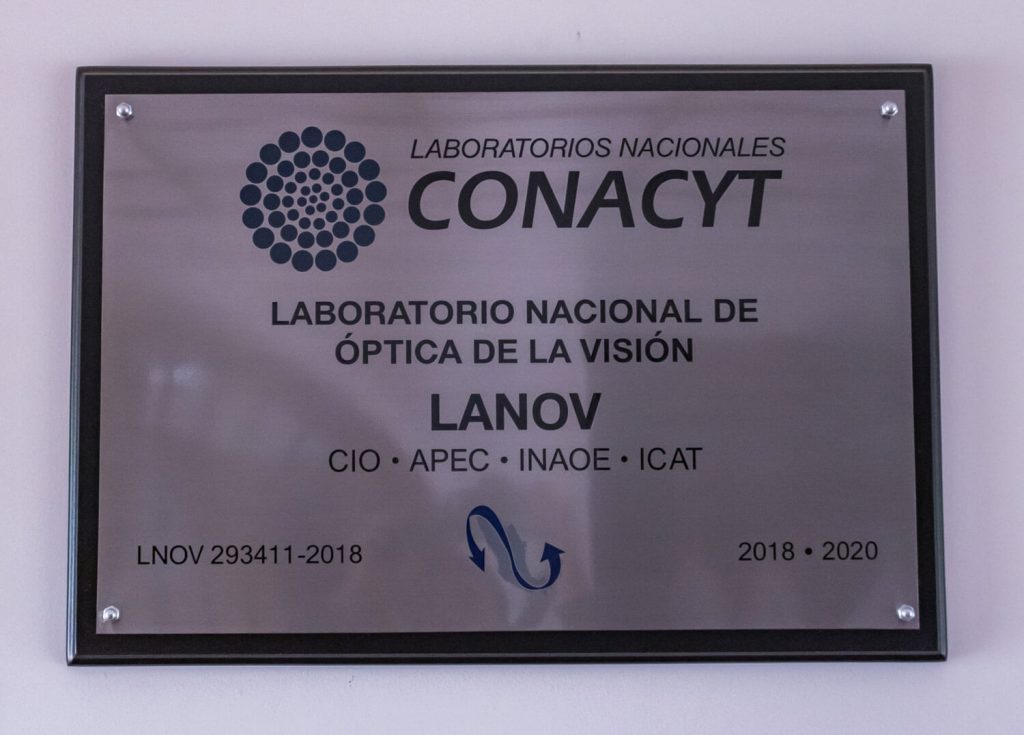
clinical trials
The Association to prevent blindness in Mexico I.A.P. executes research projects conducted for multicenter studies with a national and international scope, in diverse areas of research within the pharmaceutical industry.
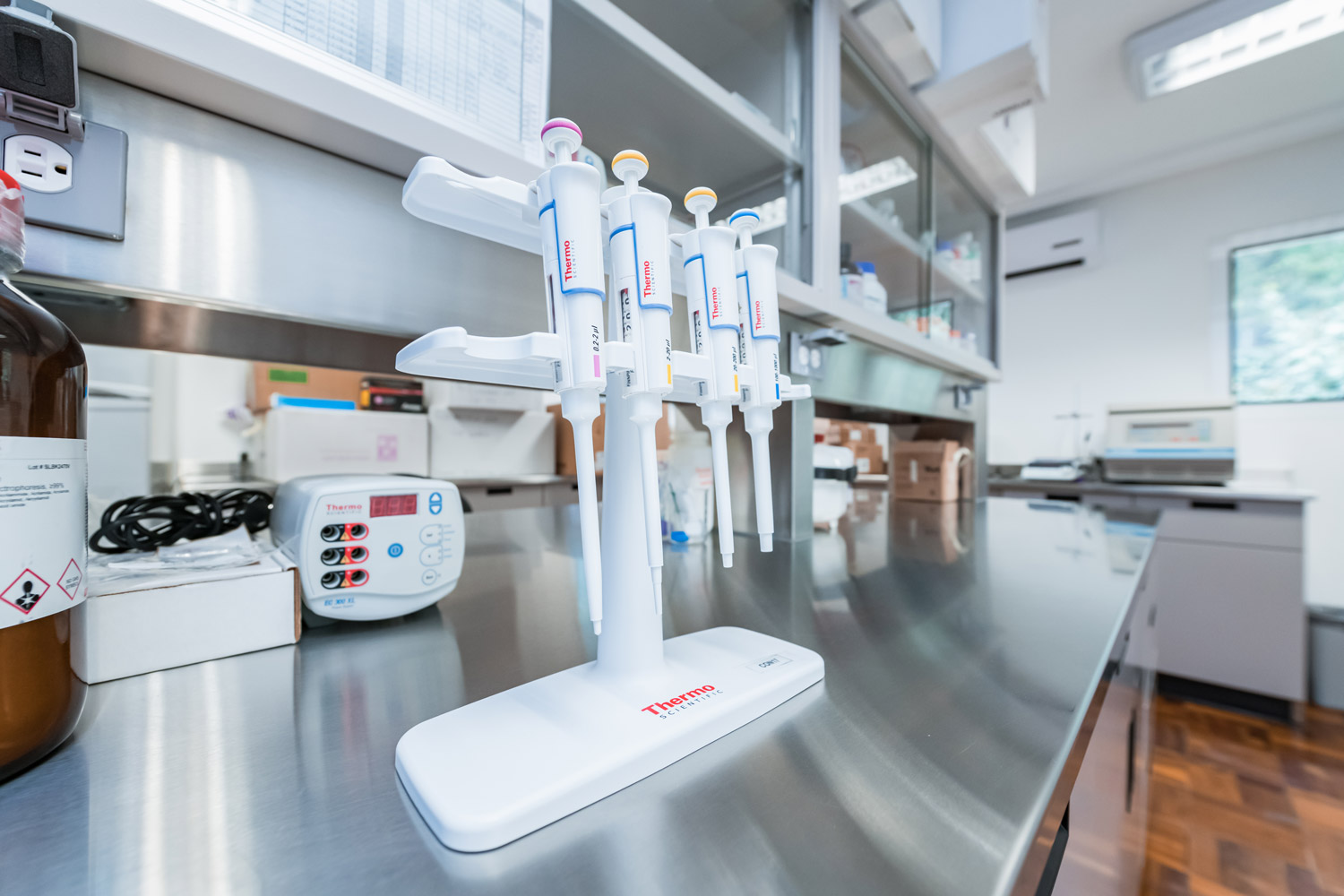
What is a clinical study?
A clinical study involves research using human subjects (also called participants) intended to contribute to medical knowledge. There are two main types of clinical studies: (1) clinical trials (also called interventional studies) and (2) observational studies.
Clinical trials apply the scientific method to human healthcare study protocols. Observational studies are those in which individuals are observed and the investigators measure their outcomes. Interventional studies are those in which the investigator assigns the research subjects to a treatment or other intervention, and their results are measured.
A principal investigator leads every clinical study. Clinical studies also have a research team that may include doctors, nurses, coordinators, and other healthcare professionals.
Phases of a Clinical Trial?
Clinical trials used in drug development are described by phases. These phases are defined by the Federal Commission for the Protection Against Sanitary Risk (In Spanish, Comisión Federal Para la Protección contra Riesgos Sanitarios) and Federal Drug Administration (FDA):
Phase 0: Exploratory study involving a limited human exposure to the drug, with no therapeutic or diagnostic aims.
Phase 1: Studies that are usually conducted with healthy volunteers emphasizing safety. The goal is to find out what the drug’s most frequent and serious adverse events are and, often, how the drug is physiologically metabolized and excreted.
Phase 2: Studies that gather preliminary data on effectiveness. For example, participants receiving the drug may be compared to similar participants receiving a different treatment, usually, an inactive substance called a placebo or a different drug. Safety continues to be evaluated, and short-term adverse events are studied.
Phase 3: Studies that gather more information about safety and effectiveness by studying different populations and different dosages and by using the drug in combination with different drugs.
Phase 4: Studies occurring after the COFEPRIS (In México) and FDA (USA) has approved a drug for marketing. These including post-market requirements and commitment studies that are required of or agreed to by the study sponsor. These studies gather additional information about a drug’s safety, efficacy, or optimal use.
CONTACT
ADDRESS
Vicente García Torres 46,Colonia Barrio San Lucas, Coyoacán,Ciudad de México, C.P 04030
PHONE NUMBER
55 1084 1400
